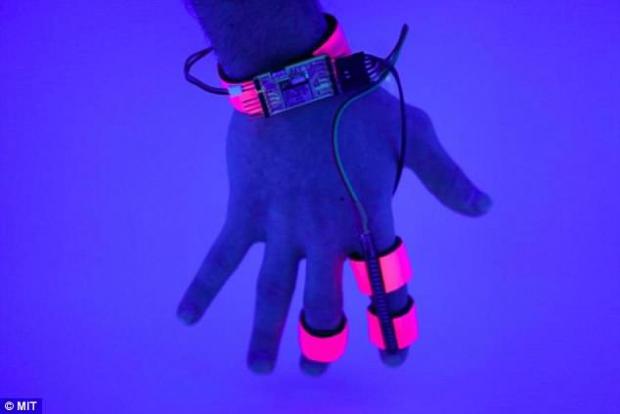
Breaking News
 2 Hours of Retro Sci-Fi Christmas Songs | Atomic-Age Christmas at a Snowy Ski Resort
2 Hours of Retro Sci-Fi Christmas Songs | Atomic-Age Christmas at a Snowy Ski Resort
 Alternative Ways to Buy Farmland
Alternative Ways to Buy Farmland
 LED lights are DEVASTATING our bodies, here's why | Redacted w Clayton Morris
LED lights are DEVASTATING our bodies, here's why | Redacted w Clayton Morris
 How My Youtube Channel Makes Money
How My Youtube Channel Makes Money
Top Tech News
 Travel gadget promises to dry and iron your clothes – totally hands-free
Travel gadget promises to dry and iron your clothes – totally hands-free
 Perfect Aircrete, Kitchen Ingredients.
Perfect Aircrete, Kitchen Ingredients.
 Futuristic pixel-raising display lets you feel what's onscreen
Futuristic pixel-raising display lets you feel what's onscreen
 Cutting-Edge Facility Generates Pure Water and Hydrogen Fuel from Seawater for Mere Pennies
Cutting-Edge Facility Generates Pure Water and Hydrogen Fuel from Seawater for Mere Pennies
 This tiny dev board is packed with features for ambitious makers
This tiny dev board is packed with features for ambitious makers
 Scientists Discover Gel to Regrow Tooth Enamel
Scientists Discover Gel to Regrow Tooth Enamel
 Vitamin C and Dandelion Root Killing Cancer Cells -- as Former CDC Director Calls for COVID-19...
Vitamin C and Dandelion Root Killing Cancer Cells -- as Former CDC Director Calls for COVID-19...
 Galactic Brain: US firm plans space-based data centers, power grid to challenge China
Galactic Brain: US firm plans space-based data centers, power grid to challenge China
 A microbial cleanup for glyphosate just earned a patent. Here's why that matters
A microbial cleanup for glyphosate just earned a patent. Here's why that matters
 Japan Breaks Internet Speed Record with 5 Million Times Faster Data Transfer
Japan Breaks Internet Speed Record with 5 Million Times Faster Data Transfer
This MIT Machine Captures The Dreams You Never Remember

Beethoven, Poe, and Tesla all claimed to use a bizarre creative technique to come up with some of their ideas–a method that involved accessing their dreams to hunt down brilliant concepts and bring them into the conscious world. Researchers at the Massachusetts Institute of Technology are trying to build on the fabled process with an interface for dreams. They call it Dormio.
Led by MIT Media Lab Fluid Interfaces Group's Adam Haar Horowitz, Dormio is a device designed to influence and extend the semi-lucid sleep state called hypnagogia. We all pass through this cognitive wonderland just before falling completely asleep. It's a mental dimension that often features a distorted perception of space and time; you may lose your very sense of self, and you'll often experience lucid dreams or come up with ideas that are free of the logical constraints and cognitive filters of the conscious brain. Even though we all experience hypnagogia, the wild visions and ideas that come with this phase of sleep are usually forever lost after a night of sleep. Geniuses like Edison and Dalí had a clever trick for recalling their ideas, though. They would take naps while holding a steel ball in their hands–which would fall as soon as they left their hypnagogia phase, instantly waking them up with a fresh memory of their lucid dreams.



